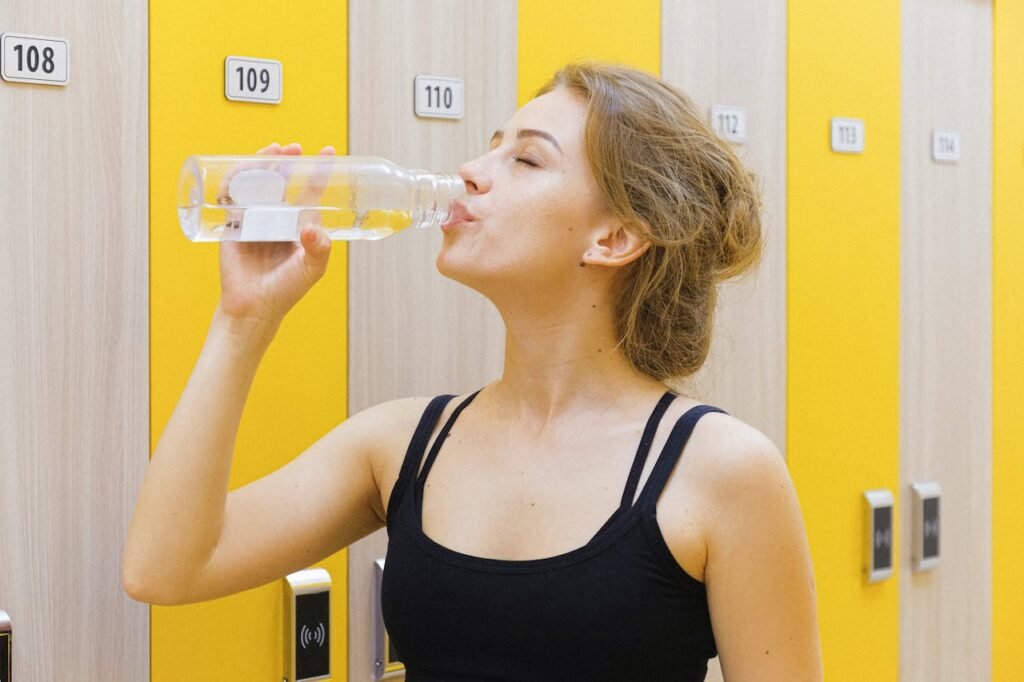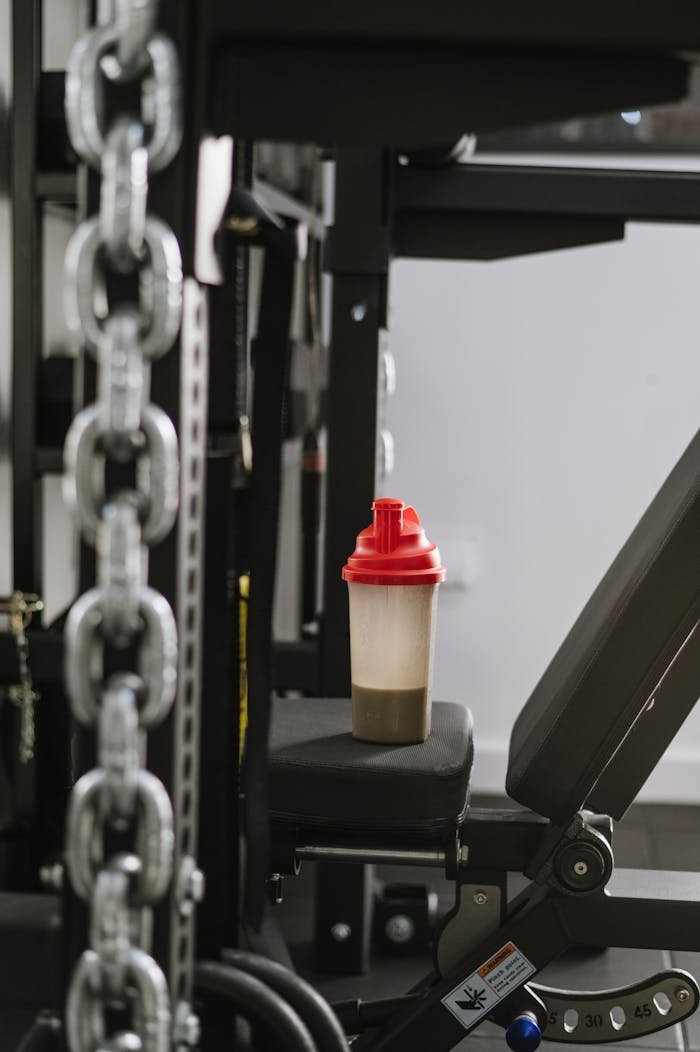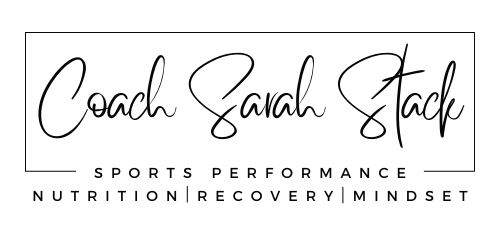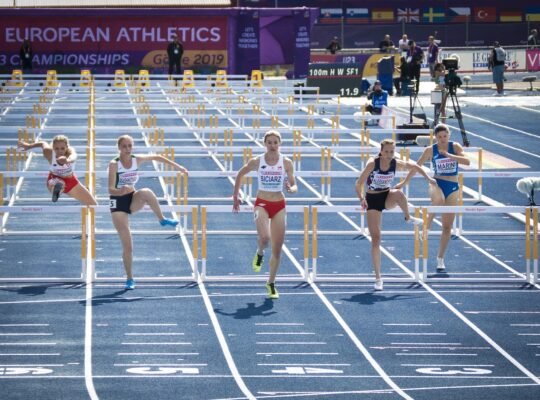Sports nutrition is a giant topic. It can feel overwhelming for young athletes who do not have the luxury of nutrition experts at their service. As a performance coach with a specialization in fitness nutrition, I incorporate important sports nutrition “information chunks” into the time spent in our workouts. It’s my hope that my clients will hear my voice in their heads after practice, at home, or in the grocery store aisles and make smart food choices as a result. The following are the top 5 fueling rules that I MOST want my athletes to know and remember when it comes to their food choices.
Hydration Matters
When an athlete is about 1/3 of the way through a session and she’s complaining about how tired or sluggish she feels I ALWAYS ask “How much water did you drink today?” Yes, water gives you energy! Not the caffeinated kind of energy, but the “my body is working efficiently” kind of energy. When you drink water consistently throughout a day, you put yourself in a euhydrated, or properly hydrated, state. Your body’s cooling mechanism when you begin to exercise is sweating. Sweat is the result of your body pulling water from your blood plasma through your skin to keep you cool. When you are euhydrated, you have enough water in your plasma for your body to use to keep you cool and for your body to function properly. When you are not well hydrated, your body will still pull water from your blood plasma to cool you off, but without enough water your blood plasma will become more viscous forcing your heart to work harder to pump blood through your body. This leads to increased fatigue during your workout. A simple step every athlete can make is to ensure that she is drinking the number of ounces of water that equals half of her body weight (in pounds) every day. For example, a 150 pound athlete should drink at least 75 ounces of water every day.

Eat Plants Every Day
Mother Nature knew what she was doing. Generally speaking, fruits and vegetables will provide you with vitamins, minerals, complex carbohydrates, (energy!!) fiber, and more. They are convenient snacks that are exponentially better options than processed snacks. Widely accepted guidelines state that we should eat 5 servings of fruits and vegetables per day, however, I argue that athletes should eat more. Athletes demand more from their bodies, and as such they require more fuel for their bodies. Some easy ways to ensure that you are eating enough plants each day are:
- Eat fruits and/or vegetables with every meal. If that means adding strawberries or blueberries to breakfast, then add the berries.
- Snack on fruit that is easy to pack in your school or sports bag such as mandarin oranges, bananas, baby carrots, or cherry tomatoes.
- Eat a salad with dinner and add shredded cabbage, cucumbers, and sweet peppers.
- Add frozen fruit to a post-workout protein shakes.
Speaking of post-workout….
Consume Protein After Your Workouts
Protein after your workout is essential for muscle repair and growth. Muscles are made of amino acids, protein is made of amino acids, therefore protein = muscles. Further, When we workout, we actually cause damage to our muscles. Protein is what promotes the repair of that damage and helps the muscles to build back stronger and bigger. I suggest consuming between 20 and 30g of protein within 30 minutes of completing a workout, every time! You can accomplish this by having a protein shake, or a protein-rich snack or meal soon after finishing up your workout.

Read Nutrition Labels and Ingredient Lists
Did you know that the front of food packaging containers is all advertising? Those claims of “high protein”, “low sugar”, “low fat” are all marketing and can be misleading…to say the least. The top goals of packaging designers is to catch your attention and sell the product. They are not nutrition experts, they are graphic designers. The part of a food package that does have to be 100% true is the nutrition label, which is usually found on the back or side of a food package (not the front) This is not to say that what is on the front of a food package is untrue, but it likely does not tell the whole story. I coach my athletes to immediately look at the nutrition label and ingredient list before deciding if they will purchase the product. When you flip the box over and look at the label, look for these key things:
- Serving size
- Grams of protein, carbohydrates, and fat (the three macros),
- The amount of sugar – and if that number is suspiciously low read the ingredient list to find out what kind of sweetener is used in place of sugar.
- While you’re reading the ingredient list, look for words that you do not recognize. In most cases, if you don’t recognize an ingredient your body will not recognize it either, which can lead to systemic inflammation and gut health issues.
Look at the label and ingredient list so that you know what you’re putting into your body!
Limit Sugar
Finally, I want my athletes to take note of how much sugar they are consuming each day. Sugar is so much more than an energy spike and crash. Excess sugar leads to a myriad of health conditions such as diabetes, chronic inflammation, high blood pressure, heart disease, mood swings, craving even more sugar, acne, and obesity. Sugar is sneaky too, and finds its way into so many processed food items and beverages! Some foods that you might initially consider to be healthy may actually be high in sugar. Examples of these common culprits include sports drinks, granola, yogurt, breakfast cereals, and salad dressings. Many foods that are labeled as “low sugar” are likely sweetened with a zero calorie sugar substitute. Not all sugar substitutes are created equally, and it’s helpful to know which ones to stay away from. Sucralose is probably the most popular sugar substitute, but it is not one that I recommend you consume on a regular basis. Sucralose is Splenda, and studies have shown that your brain recognizes it as sugar and as a result it causes the same glucose spike as real sugar. Additionally, it is not a natural sugar substitute. My two favorite sugar substitutes are monk fruit and stevia. Stevia is more widely available than monk fruit, but we are starting to see more products sweetened with monk fruit by the day.
These five nutrition rules are important keys to fueling my body well. They help me to be ready to handle the demands I place on it as a conditioning coach and trainer, and as a person who typically works out 5-6 times each week. I’ll never suggest my athletes follow rules or create habits that I do not personally follow or believe in myself. You can learn more about nutrition for athletes in my book, The Teenage Athletes’ Nutrition Journal, available on Amazon. While sports nutrition is a huge topic, following these five rules will help you create the nutrition habits that lead to success in both sports and in life!







